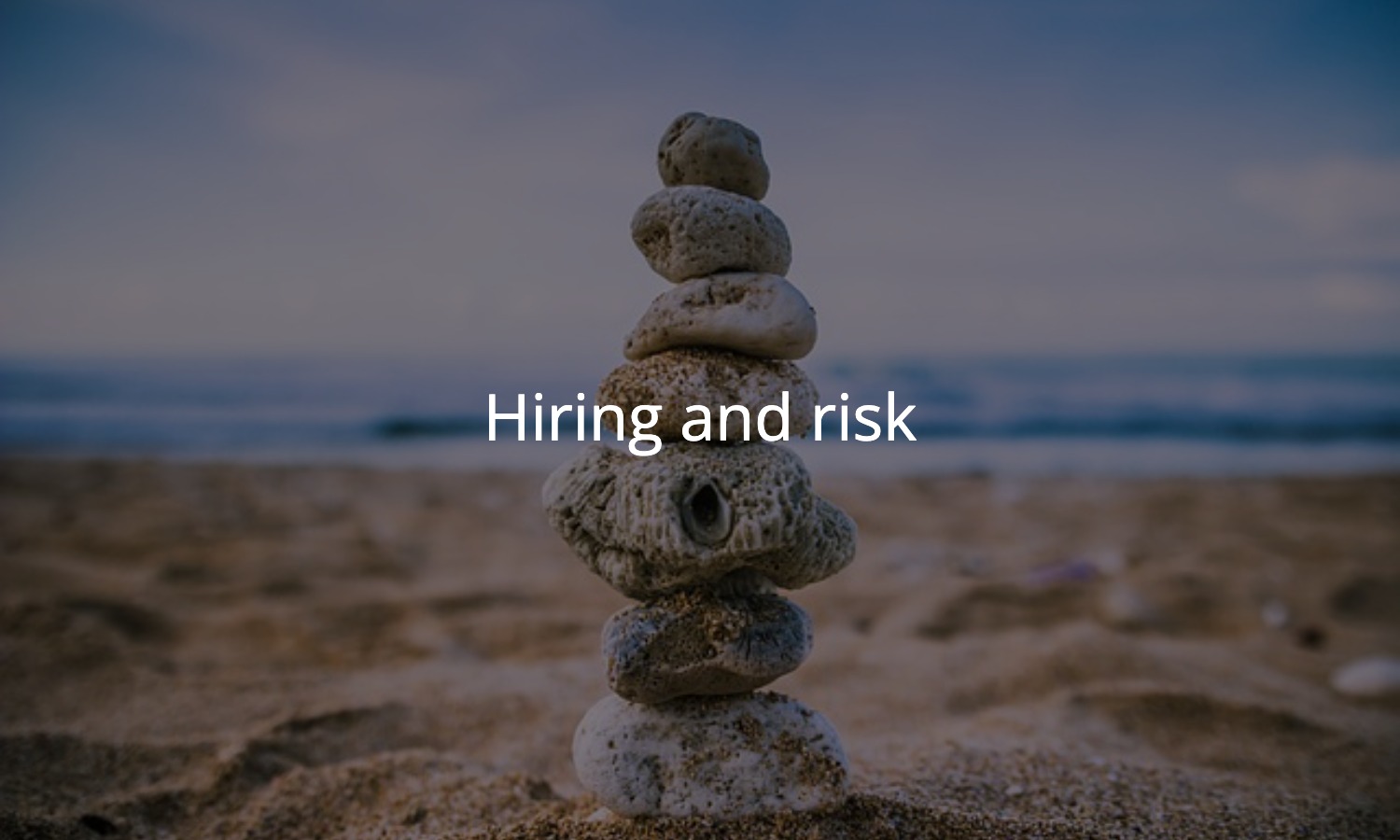Almost daily now I see posts on LinkedIn complaining about the length of corporate hiring and interview processes.
If Elon Musk can buy Twitter in 10 days, you can hire a candidate in less than a month.
Chris Abbass
Sentiment like this is legion. I admit that, with many pipelines, processes can be burdensome, drawn-out, or involve more hoop jumping than anything of value. At the same time I understand why processes are built this way.
Folks who post statements like the above into the echo chamber are missing the point.
Every hire – particularly for smaller teams or companies – has dramatic impact on both the culture and momentum of the team. A good hire is a net positive. A bad hire is potentially catastrophic.
In all cases, hiring managers are weighing the value of a potential employee against the cost (and risk) they represent. The value is estimated based on expected impacts to the team’s throughput. In terms of product timelines, ticket completion rates, or financial return on projects that would’ve otherwise been impossible without investing in this employee.
Cost starts with salary. Add to that the cost of initial onboarding and training – this might mean you’re paying for a month (or more) of their time while they get up to speed before they produce anything of value in return. There’s also the cost of the trainers. How many members of your existing team will now be less productive while they help convey knowledge to their new team member?
Risk is harder to quantify, but is just as importance. What would the impact be if this employee doesn’t work out? They might get through a month (or three) of onboarding and then quit. Or they could prove to be a different person on the team than they were in the interview – a toxic new hire can drag the entire team down with them!
Balancing risk
The easiest way to balance the risk of a new hire is to closely manage that risk. Similar to a zero-trust approach in computing, where a machine must be tested before it can fully connect to a secure network, new employees must be vetted over time to ensure their being a part of a team won’t break it. More simply – don’t make them the trusted arbiters of your business on the first day.
The easiest way to mitigate the risk of a bad hire is with a trial period. One month. Three months. Six months. Give the new employee time to learn your systems and master their role, while at the same time you get to know them and can concretely establish their value to the business. If, at the end of this trial period, things aren’t working out you have a solid timeframe within which to make a change.
Just ensure you’re 100% transparent with this process when you hire so your candidate and eventual employee has an equal stake in the evaluation.
